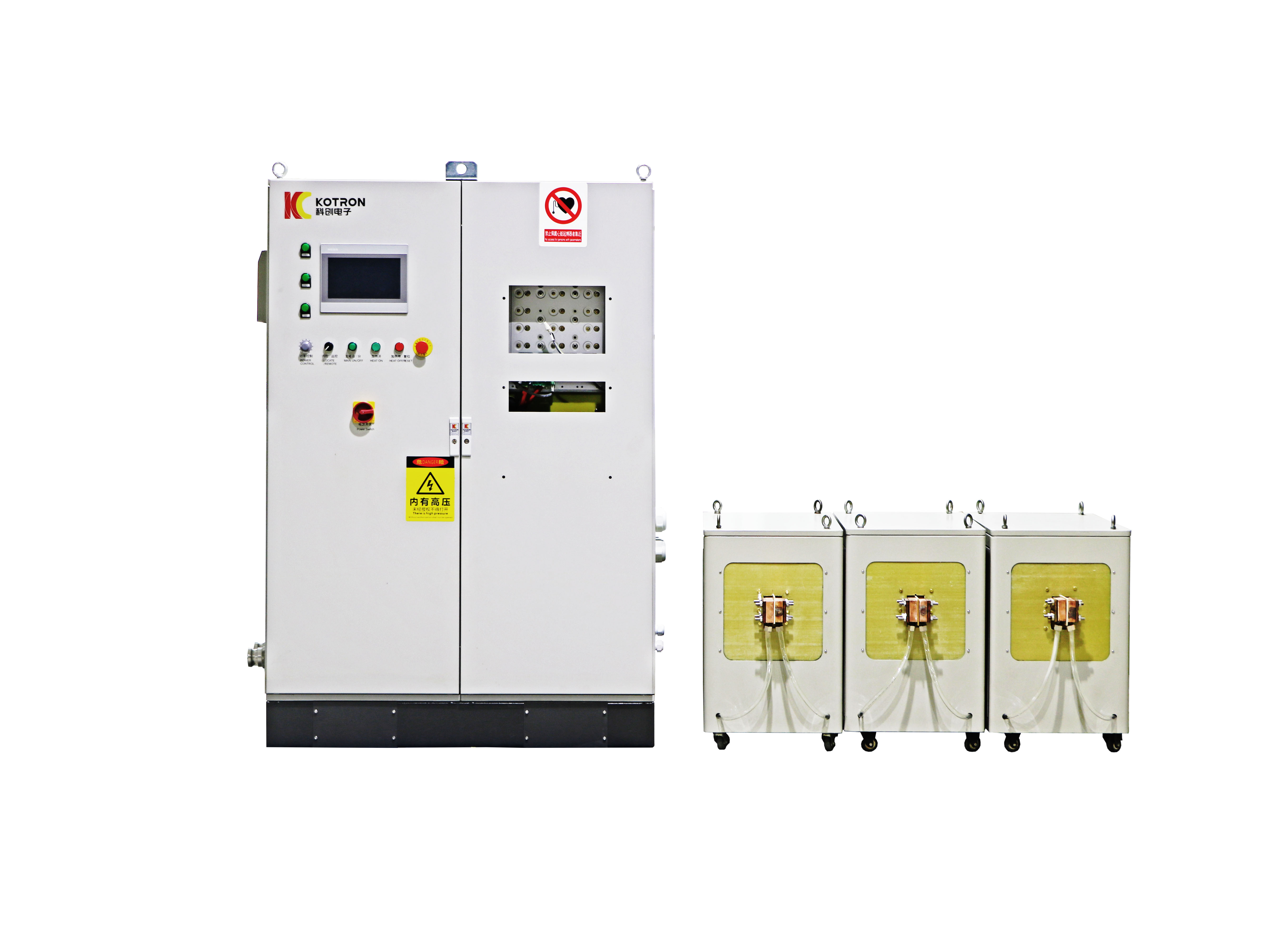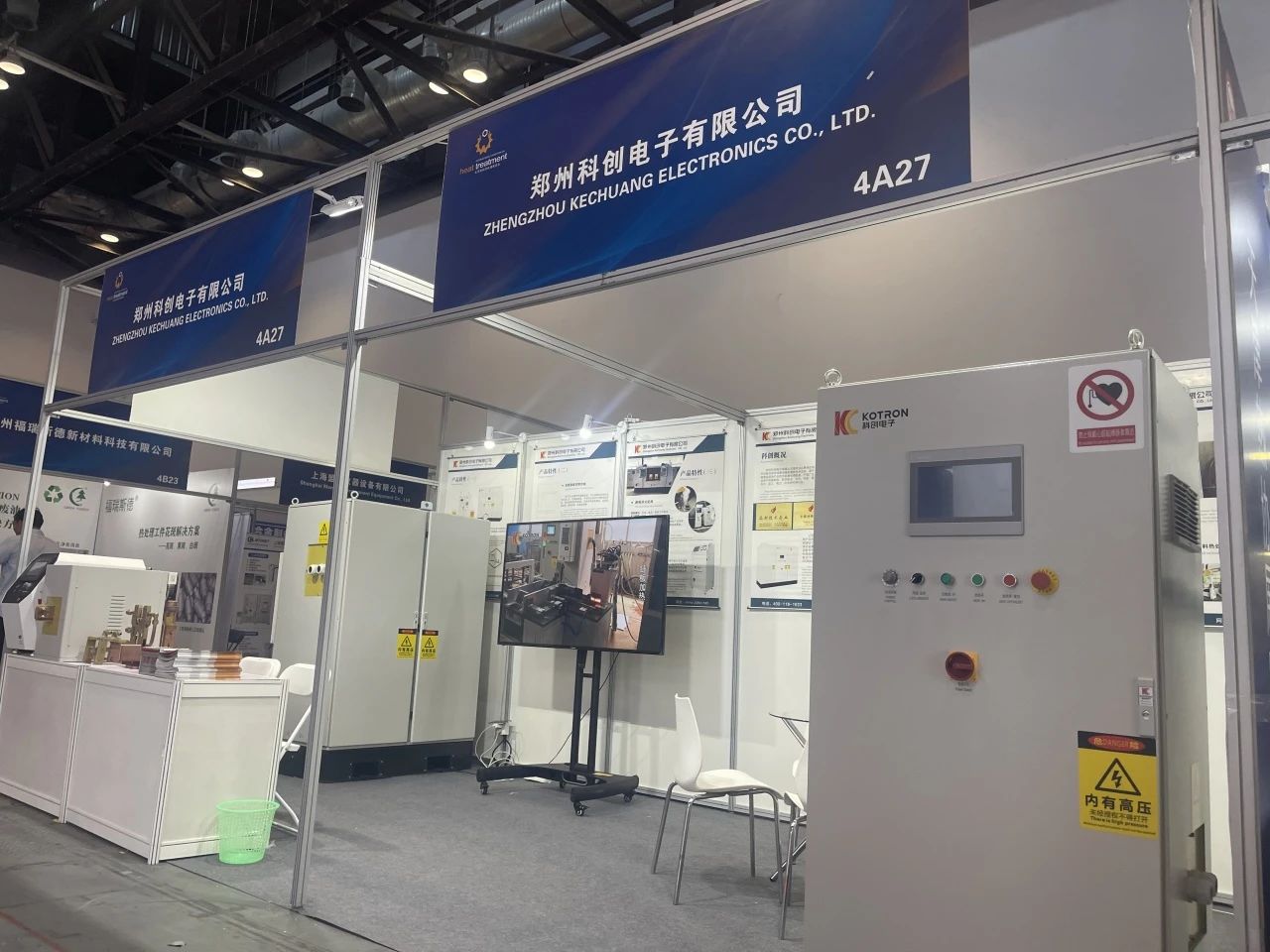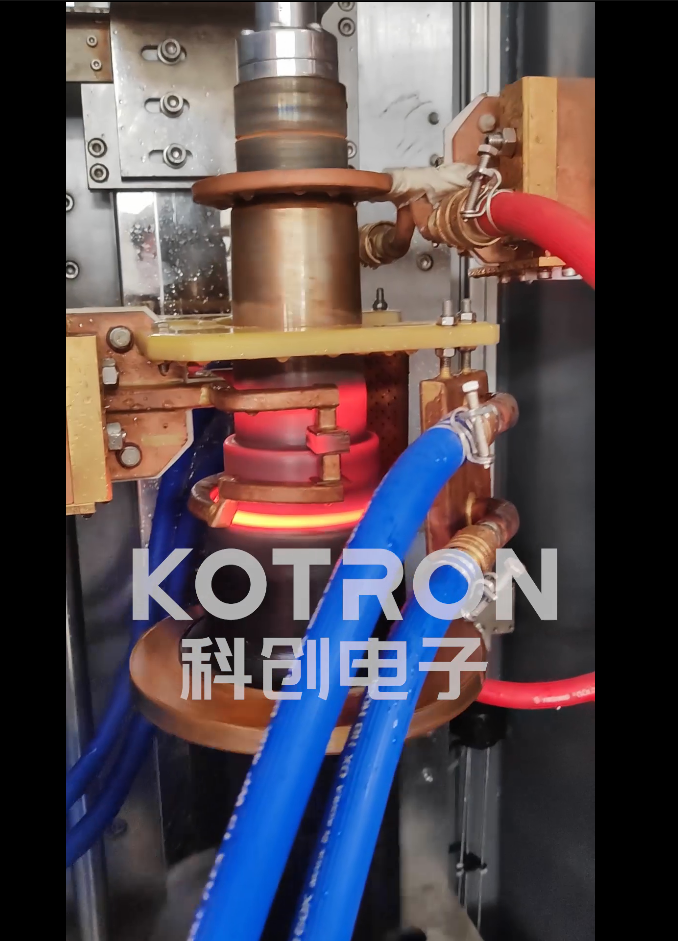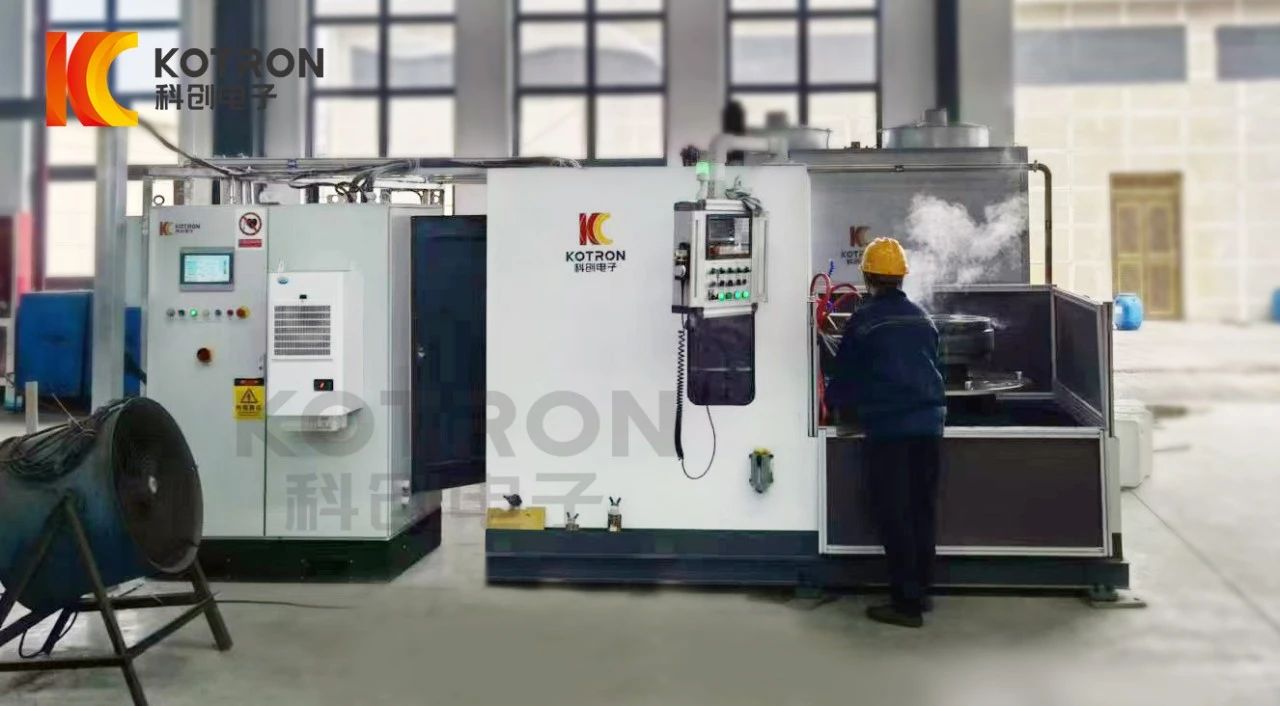-
31 Dec, 2024
2025 Happy New Year!
Happy New Year! May all of you have a New Year full of prosperity and success.
view more >  19 Nov, 2024
19 Nov, 2024What is steel annealing? What are the types of annealing and its applications?
What is steel annealing? What are the types of annealing and its applications? Annealing of steel: Annealing is a heat treatment process in which steel is heated to a temperature above or below the critical point AC1, and then slowly cooled with the furnace after a certain period of heat preservation to obtain a near-equilibrium state structure. Annealing types: According to the heating temperature, it can be divided into annealing above or below the critical temperature AC1. The former includes complete annealing, incomplete annealing, spheroidizing annealing, and homogenization annealing. The latter includes recrystallization annealing and stress relief annealing. According to the cooling method, it can be divided into isothermal annealing and continuous cooling annealing. Annealing purposes: 1. Complete annealing: Heat the steel to 20-30℃ above AC3, and slowly cool it with the furnace after heat preservation. It is mainly used for hypoeutectoid steel, which can refine grains, eliminate internal stress, etc., improve cutting performance, and eliminate defects in medium carbon structural steel. 2. For hypoeutectoid steel, heat to between AC1-AC3; for hypereutectoid steel, heat to between AC1-ACcm, and slowly cool it with the furnace after heat preservation. It can eliminate internal stress and reduce hardness. For hypereutectoid steel, a spheroidal...
view more > 19 Nov, 2024
19 Nov, 2024Why should we choose induction heating equipment for metal heat treatment?
Why should we choose induction heating equipment for metal heat treatment? Induction heating equipment is an advanced device that uses the principle of electromagnetic induction to make the heated object generate heat itself. It mainly comprises a power supply, induction coil, capacitor, and other components. When alternating current passes through the induction coil, an alternating magnetic field will be generated around it, and an induced current (eddy current) will be generated inside the metal material in the magnetic field. Due to the resistance of the metal material itself, the eddy current will generate Joule heat during the flow process, so that the metal material will heat up rapidly. This heating method does not require direct contact with the heated object and has many advantages such as high efficiency, energy saving and environmental protection. First of all, induction heating is extremely efficient. Compared with traditional heating methods, energy is generated directly inside the workpiece, reducing the loss during heat transfer. It can heat the workpiece to the required temperature in a very short time, greatly improving production efficiency. For example, in metal forging, induction heating equipment can quickly heat the blank to the appropriate forging temperature, providing a guarantee for efficient...
view more > 19 Nov, 2024
19 Nov, 2024How to choose an induction heating machine? Factors that you should consider
How to choose an induction heating machine? Factors that you should consider. With the continuous development of industrial production today, induction heating equipment has become the first choice of many companies with its high efficiency, energy-saving, and precise heating characteristics. However, facing the wide variety of induction heating equipment on the market, how should we choose the one that suits us? Zhengzhou Kechuang Electronics Co., Ltd. will explain it to you in detail. Clarify your heating needs and target #brazing #welding #hardening #annealing #inductionheater #inductionhardeningmachine #inductionheattreatment #inductionfurnace 1. The materials of the workpieces are different, and the reactions to induction heating are also different. For example, in metal materials, those with high melting points require relatively high-power equipment, while those with low melting points can choose equipment with low power; materials with low resistivity require high-power induction heating equipment, while those with high resistivity require relatively low power. When choosing equipment, our common materials such as steel, copper, and aluminum must be judged based on their physical properties. If your workpiece material is special, it is recommended that you communicate with our professional technical team to obtain more accurate advice. 2. The shape and size of the workpiece are important...
view more > 28 Oct, 2024
28 Oct, 2024Basic Knowledge of Forging
Basic Knowledge of Forging Forging is a processing method that uses forging machinery to apply pressure to metal billets to cause them to undergo plastic deformation to obtain forgings with certain mechanical properties, shapes and sizes. Forging can eliminate defects such as as-cast looseness produced during the smelting process, optimize the microstructure, and because the complete metal flow lines are preserved, the mechanical properties of forgings are generally better than those of castings of the same material. Application areas of forging Forging is widely used in the fields of automobiles, general machinery, etc., and is used to manufacture important parts with high loads and severe working conditions. For example, parts with simpler shapes can be made of rolled plates, profiles or welded parts, while parts with complex shapes are mostly made of forgings. Forging methods and equipment Forging methods mainly include hot forging and cold forging. Hot forging is carried out at high temperatures and is suitable for mass production; cold forging is carried out at room temperature and is suitable for small-batch production. Forging equipment can be divided into limited forging force forms, quasi-stroke limiting methods, stroke limiting methods and energy limiting methods according to the characteristics of deformation...
view more > 24 Sep, 2024
24 Sep, 2024How to solve the various defects that may occur during heat treatment?
How to solve the various defects that may occur during heat treatment? During industrial production, heat treatment is a key process, that can give specific properties and strength to workpieces. However, the heat treatment process is not always smooth sailing. Various defects often occur. These defects are like hidden “landmines”. If not taken seriously and solved, they will seriously affect the performance and service life of the workpiece. Today, let’s take a closer look at the various defects that may occur during heat treatment and how to control them. 1. Overheating and overburning Defect manifestation: Overheating: During the heating process of the workpiece, the austenite grains are significantly coarsened due to too high temperature or too long holding time. This will lead to a reduction in the strength and toughness of the workpiece, especially the impact of toughness. Over-burning: The heating temperature is too high, which not only makes the austenite grains coarse but also causes local oxidation or melting of the grain boundaries. The performance of the over-burned workpiece has seriously deteriorated and cannot be saved, so it can only be scrapped. Control method: Strictly control the heating temperature and holding time, and operate according to the process requirements....
view more > 24 Sep, 2024
24 Sep, 2024Disc quenching machine tool
Disc quenching machine tool In the scope of modern industrial manufacturing, quenching process is one of the important links to improve the performance of metal materials. The advent of disc hardening machine tools has given this process higher precision, efficiency and flexibility. Working principle The disc quenching machine tool adopts advanced induction heating technology to generate eddy currents inside the metal workpiece through high-frequency current, and quickly heats it to the temperature required for quenching. Then it cools rapidly to change the organizational structure of the metal, thereby obtaining higher hardness, strength and wear resistance. Features and advantages High precision: It can accurately control the heating temperature and quenching time to ensure the stable and reliable quenching quality of the parts. High efficiency: The hardening process can be completed quickly to improve production efficiency. More parts can be processed in a shorter time. Flexibility: It is suitable for disc parts of different sizes and shapes and has strong versatility. Energy saving and environmental protection: Compared with traditional quenching equipment, it has lower energy consumption and less impact on the environment. Application field Automobile manufacturing: used for quenching treatment of engine parts, transmission systems, etc. Aerospace: High-performance quenching of aircraft structural...
view more > 16 Aug, 2024
16 Aug, 2024What is Metal Heat treatment?
What is Metal Heat treatment?
view more >


